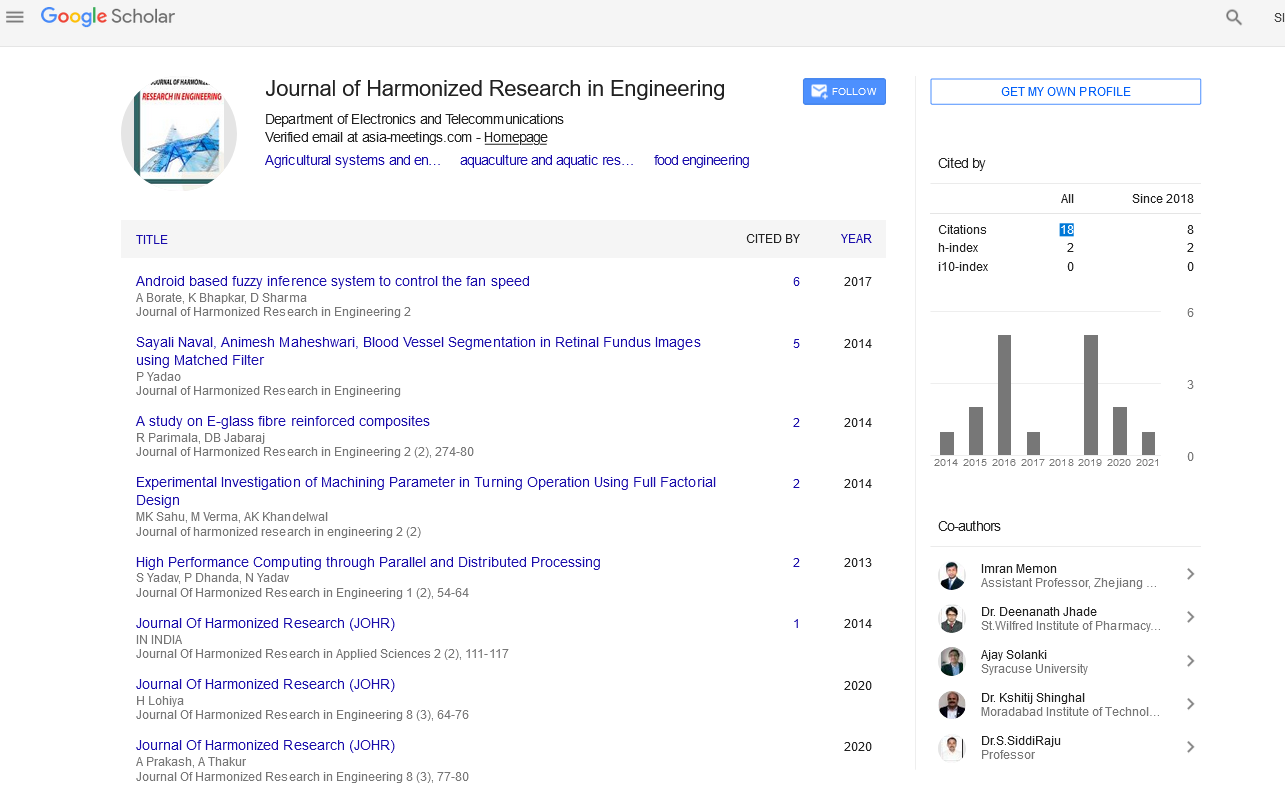CEMENT BOND INTEGRITY VERIFICATION USING CRUDE OIL FINGERPRINTING TECHNIQUE
Abstract
Author(s): Nnaemeka Ohia & Joseph Onyeabor
Each source crude oil therefore has a unique fingerprint that canpotentially be determined by varieties of instrumental and non-instrumentaltechniques which include gas chromatography (GC), gas chrom atography flameionization detector (GC-FID), gas chromatography mass spectrometry (GC-MS),among others. Geochemical fingerprinting is a rapidly expanding discipline in theearth and environmental sciences and is anchored in the recognition thatgeological processes leave behind chemical and isotopic patterns in the rockrecord. Many of these patterns commonlycalled geochemical fingerprintsare slightly different from each other. In this study, GC was utilized in the analysis of commingled oils from well MS-2, to theextent to which it was believed that mixing occurred in the near wellbore owing tomechanical problems because of communication (cross flow from deeper and higher pressure reservoirs) other than the completion interval. Oil in deeper reservoirs, under higher pressure flowed into shallower pressure reservoir since communication between the reservoirs is believed to be present. The most likely cause of this communication is the cross flow due topoor cement bonding behind the casing as revealed by cement bond logs (CBL) from well MS-2. Thefingerprints from an off-set well with good cement bonding was first identified then the wellheadsamples of MS-2 streams can also be analyzed to determineif a channelling problem is indeed presentin the well. The finger printing analysis of the two samples suggest that the profiles of the wellhead sample taken from MS-2 is out-of-bounds or indicatea low probability of commonality for the oil sample pair to be from a common source.

Google Scholar citation report
Citations : 43
Journal of Harmonized Research in Engineering received 43 citations as per google scholar report









